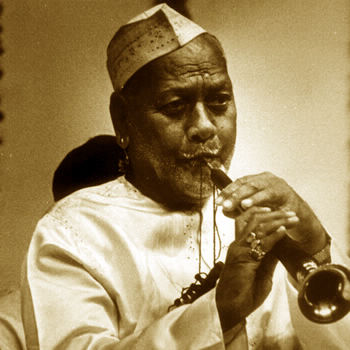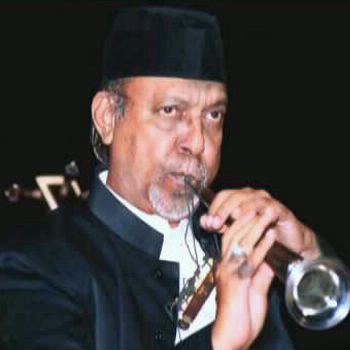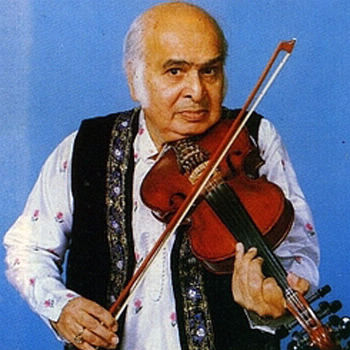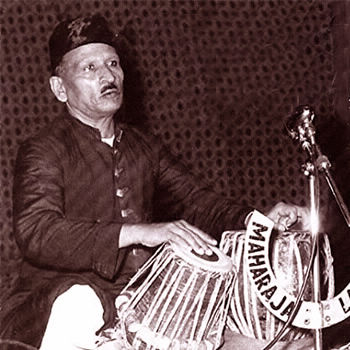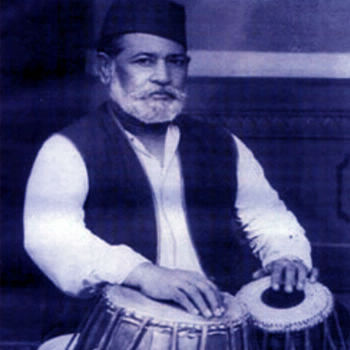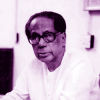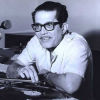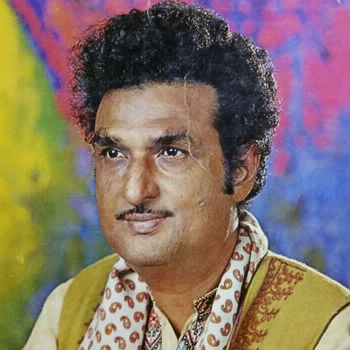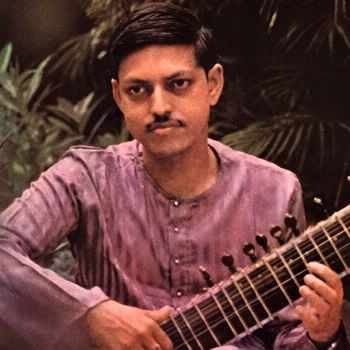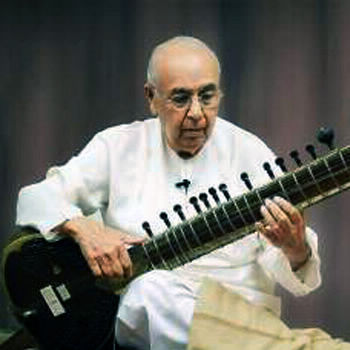
Ustad Vilayat Khan
Born at Gouripur in Bangladesh in 1924 in a family of rich musical heritage, Ustad Vilayat Khan is sixth in an unbroken line of celebrated maestros going back to the Moghul Period. His father, the late Ustad Enayat Khan, still remembered as one of the greatest Sitar players of his time, initiated the young Vilayat Khan in the art of Sitar playing, and he has been playing on the Sitar from childhood. With inconceivable virtuosity, he came into prominence in the Indian scene as an instrumentalist who had shown perfect command over fingering, and in his fast sapat taans he seemed to have few equals in the country. An artist with a rare imaginative vision, Ustad Vilayat Khan has been able to carve out a distinctive style, something different from what Ustad Emdad Khan played and what his illustrious son Enayat Khan displayed, on the sitar.
With Vilayat, the correct mood has always been the primary factor and, as with the romantic school of artistes, he has shown his mastery whenever he has found the right mood. His ingenuity in tackling even the very difficult ragas is proverbial. There is a dignity in his approach to the Sitar though, it must be admitted, he takes ample freedom during his raga development when exclusively romantic predominating ‘Gayaki ang’ style, he is a perfect kheyaliya, who takes ample themes from ‘thumri’, even from dhun and that could be said to be the salient feature of his presentation.
He excels in jorparan and throughout the vilambit or the drut gat he shows ample flair for an imaginative sequence that is woven out of his highly imaginative concepts. In thumri pieces, as with a Pilu or a Khamaj, he has perhaps few equals in the country.
